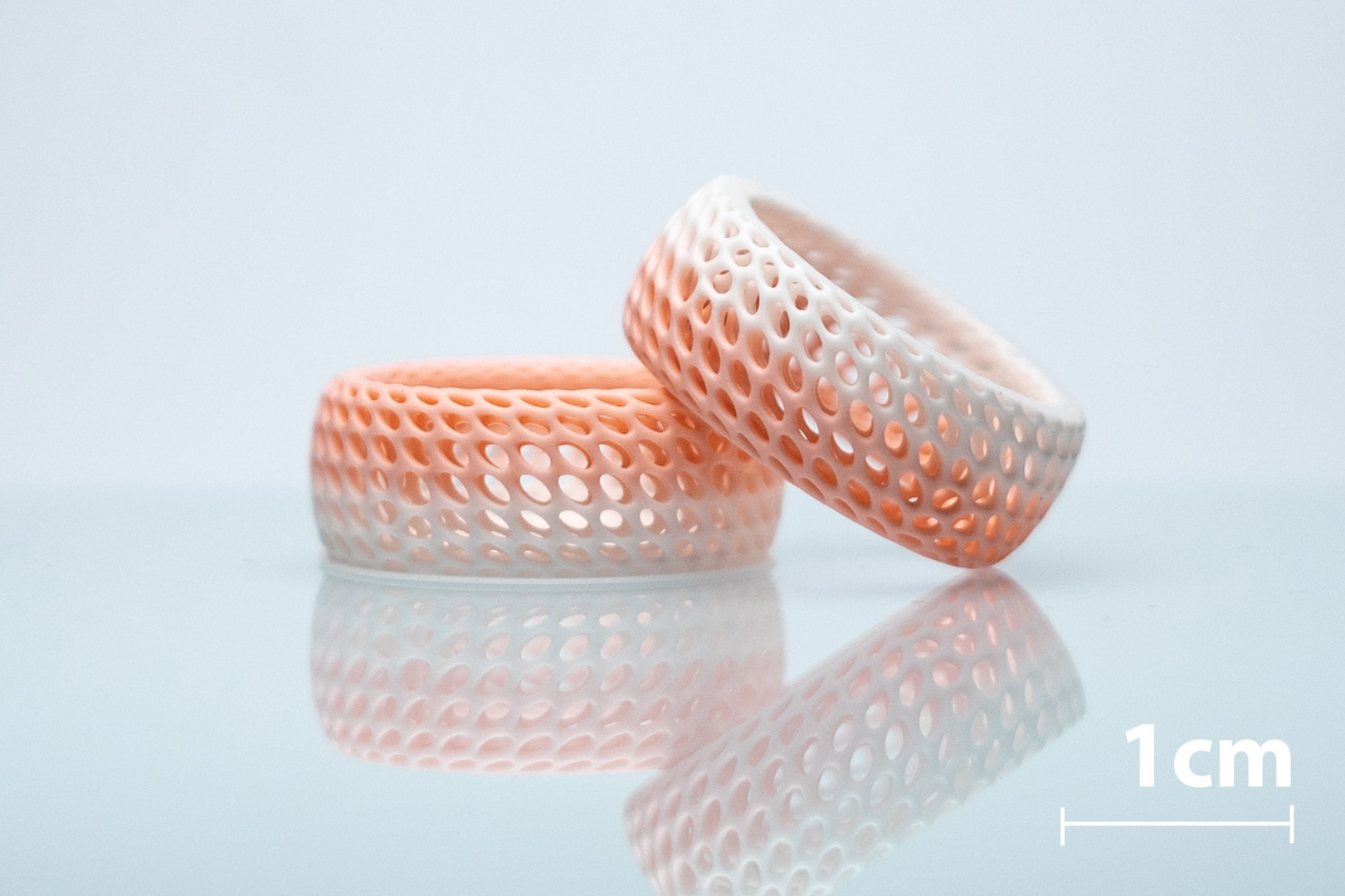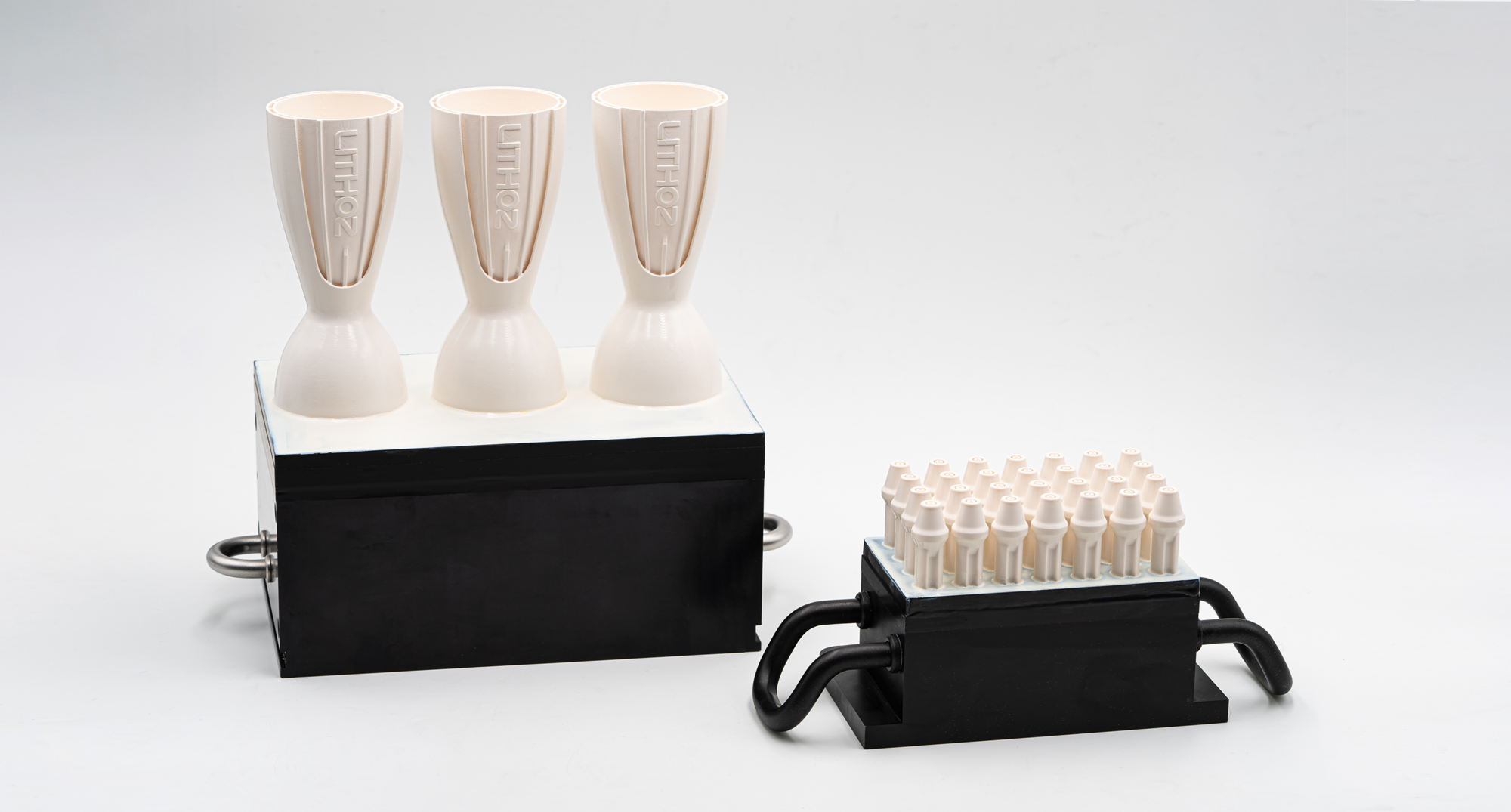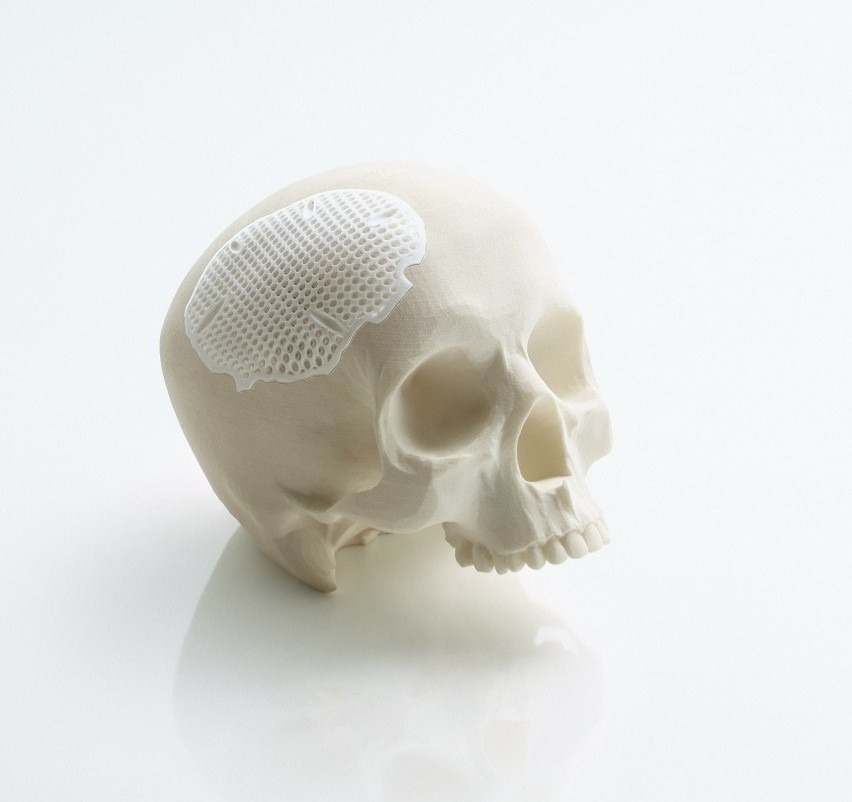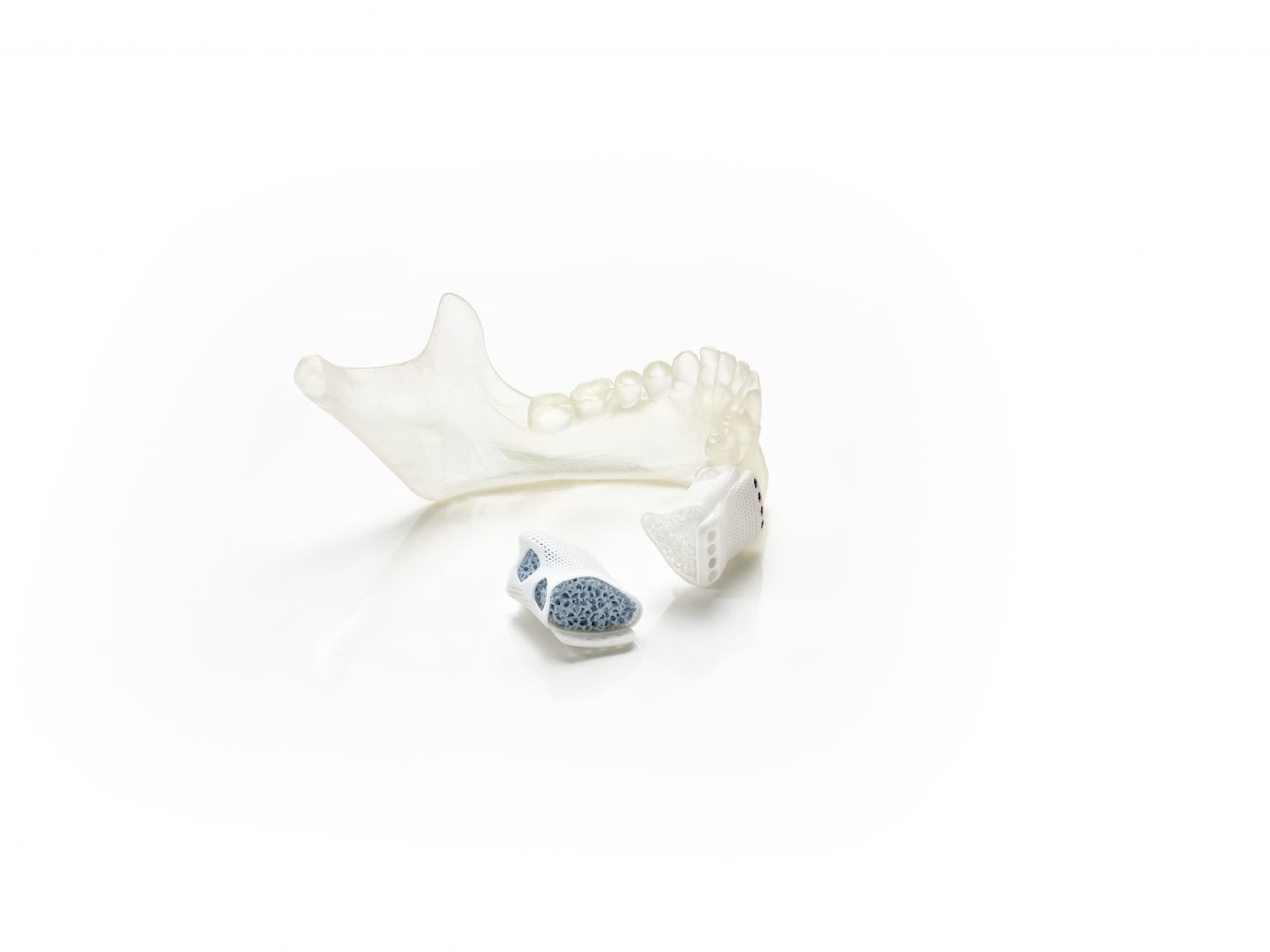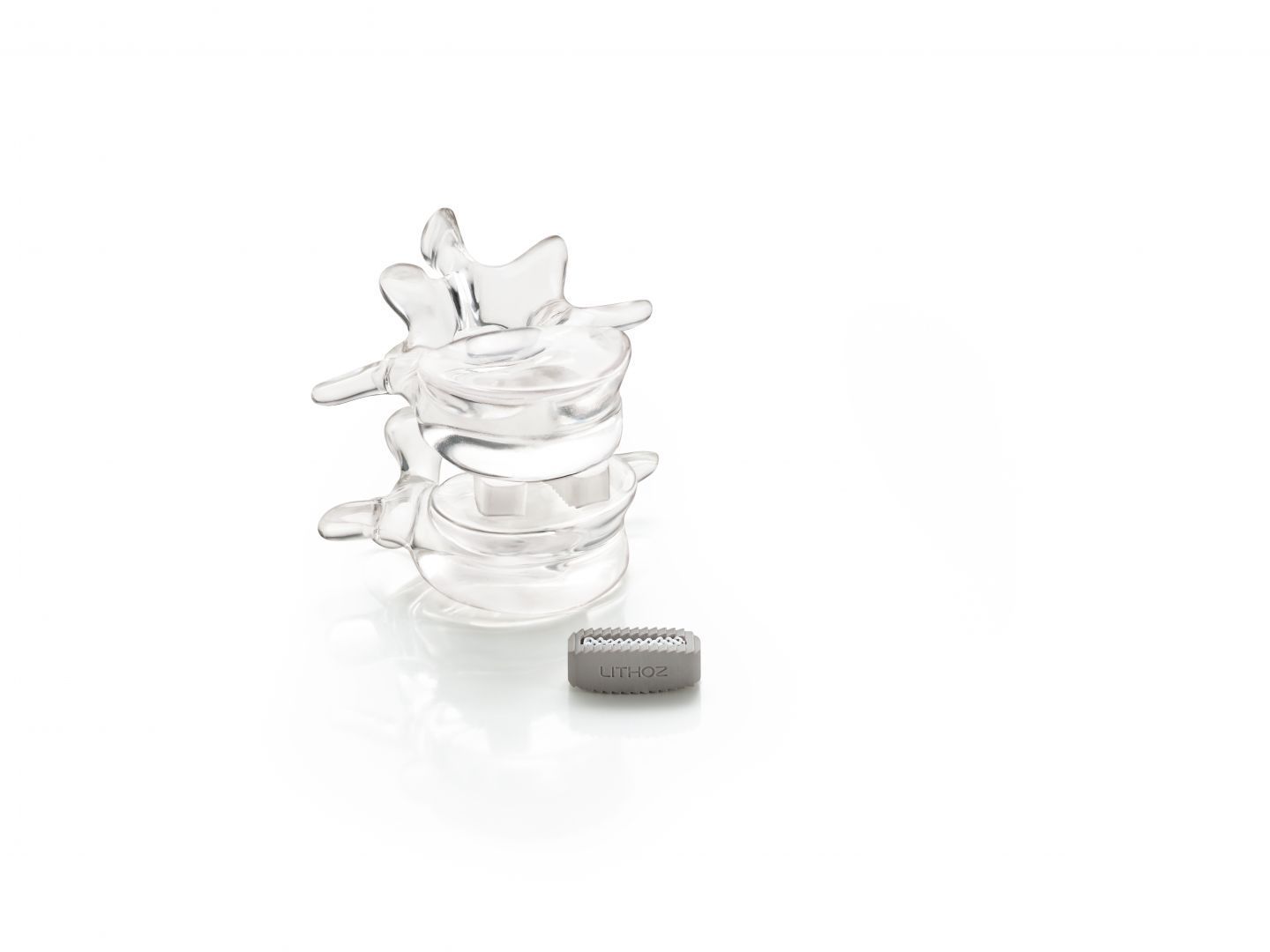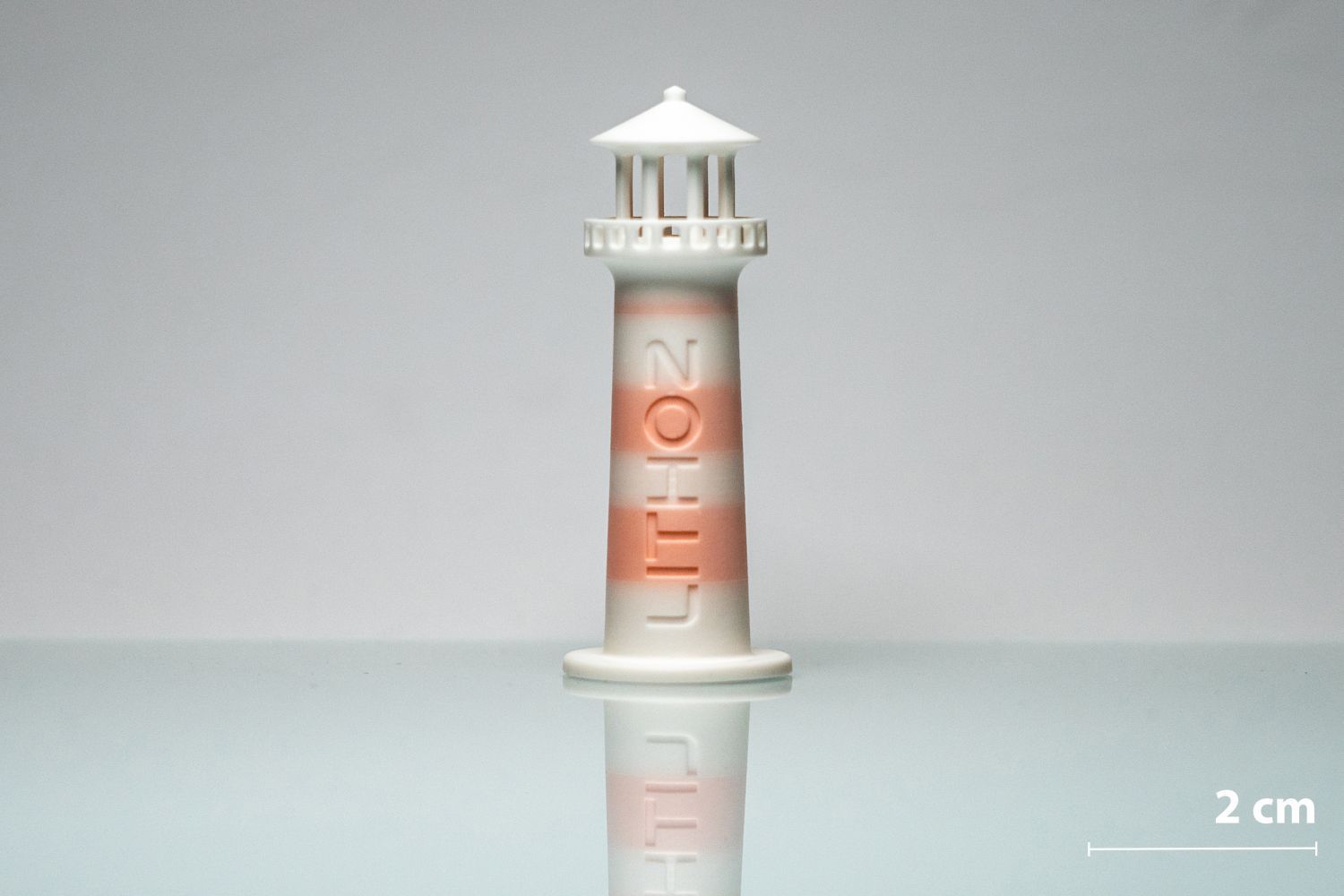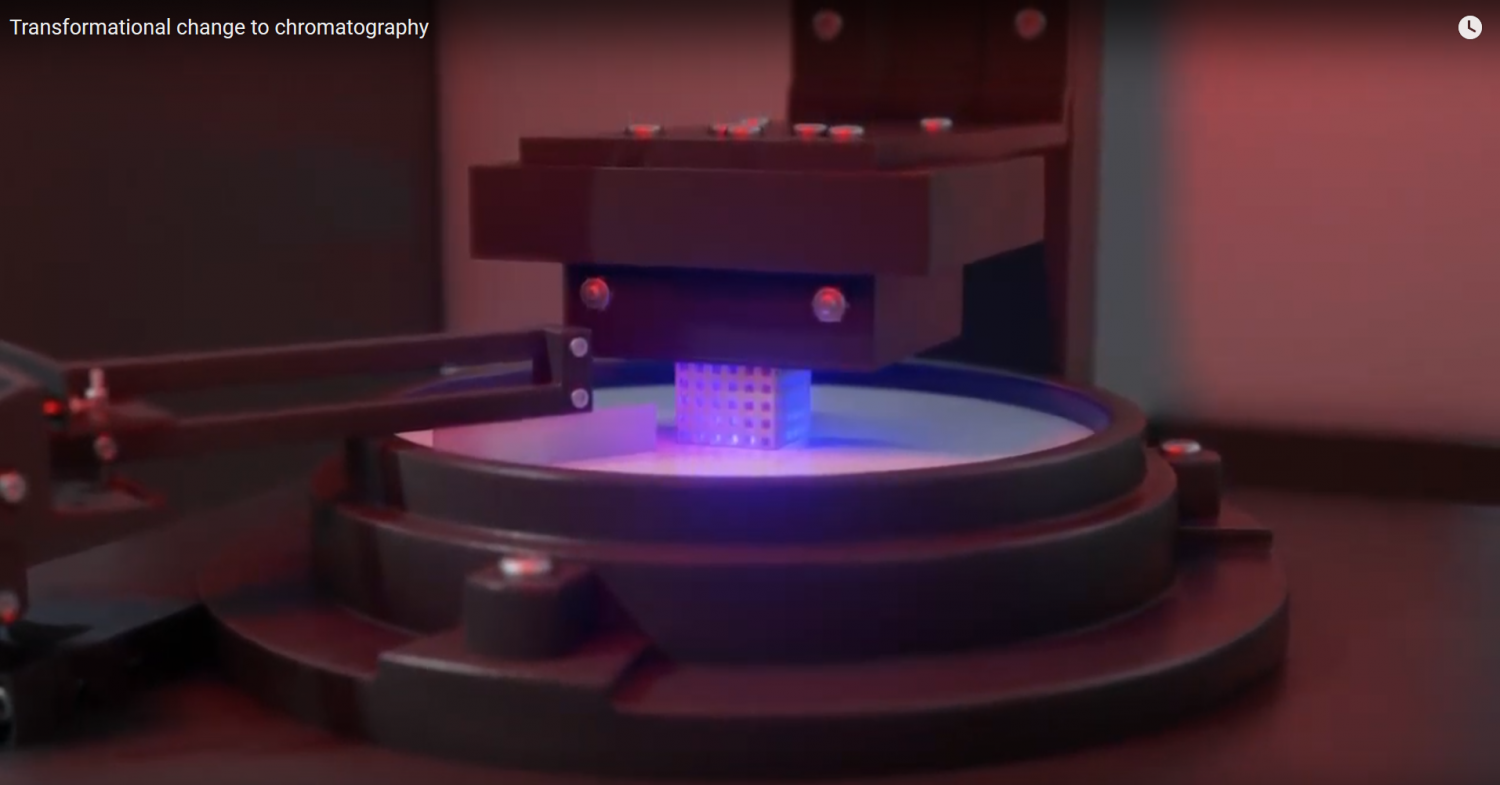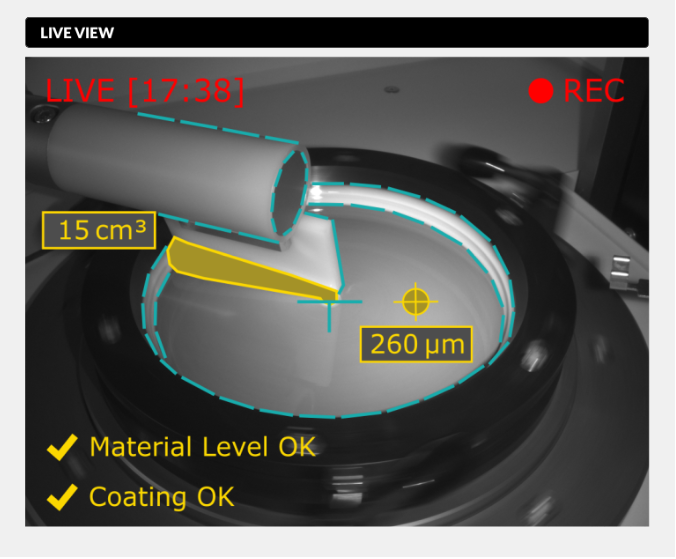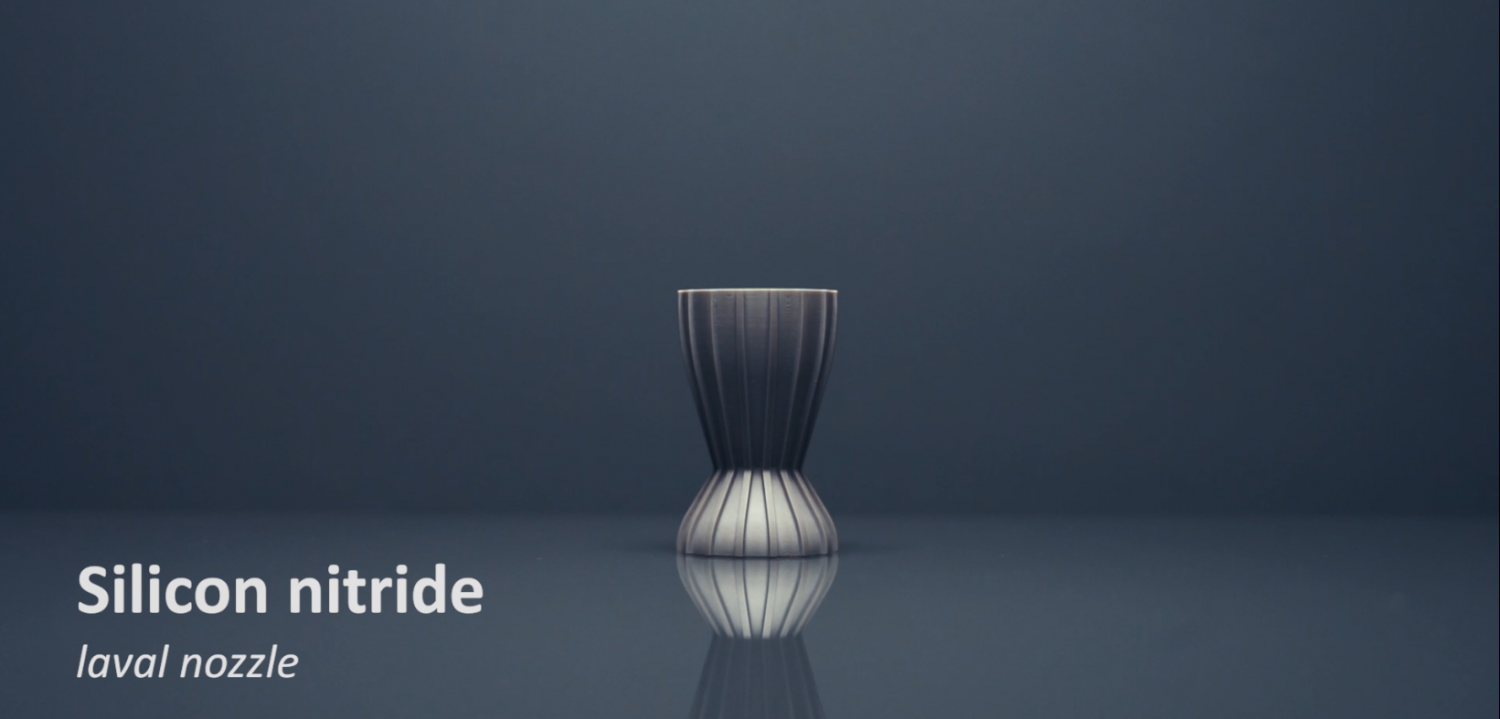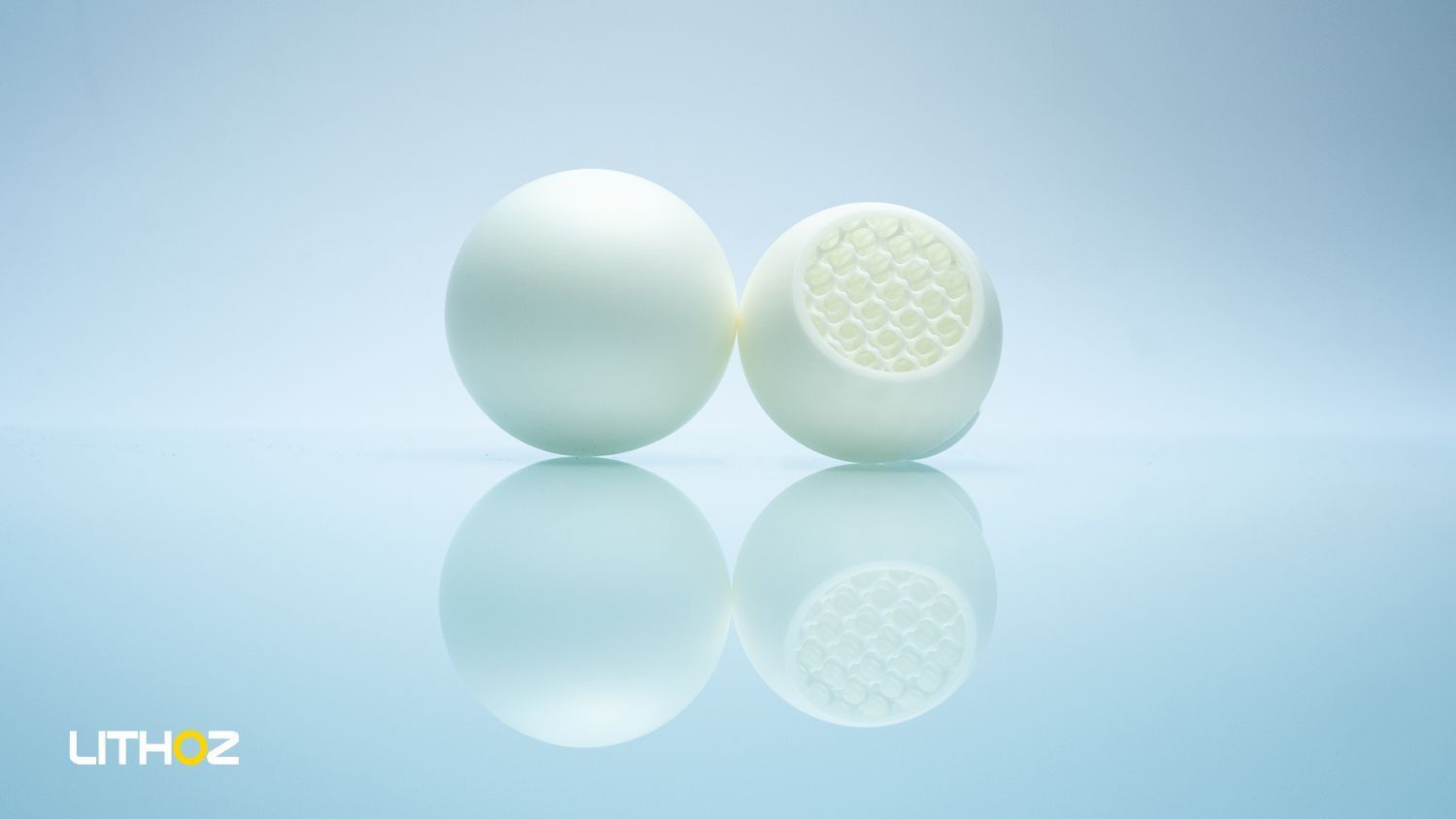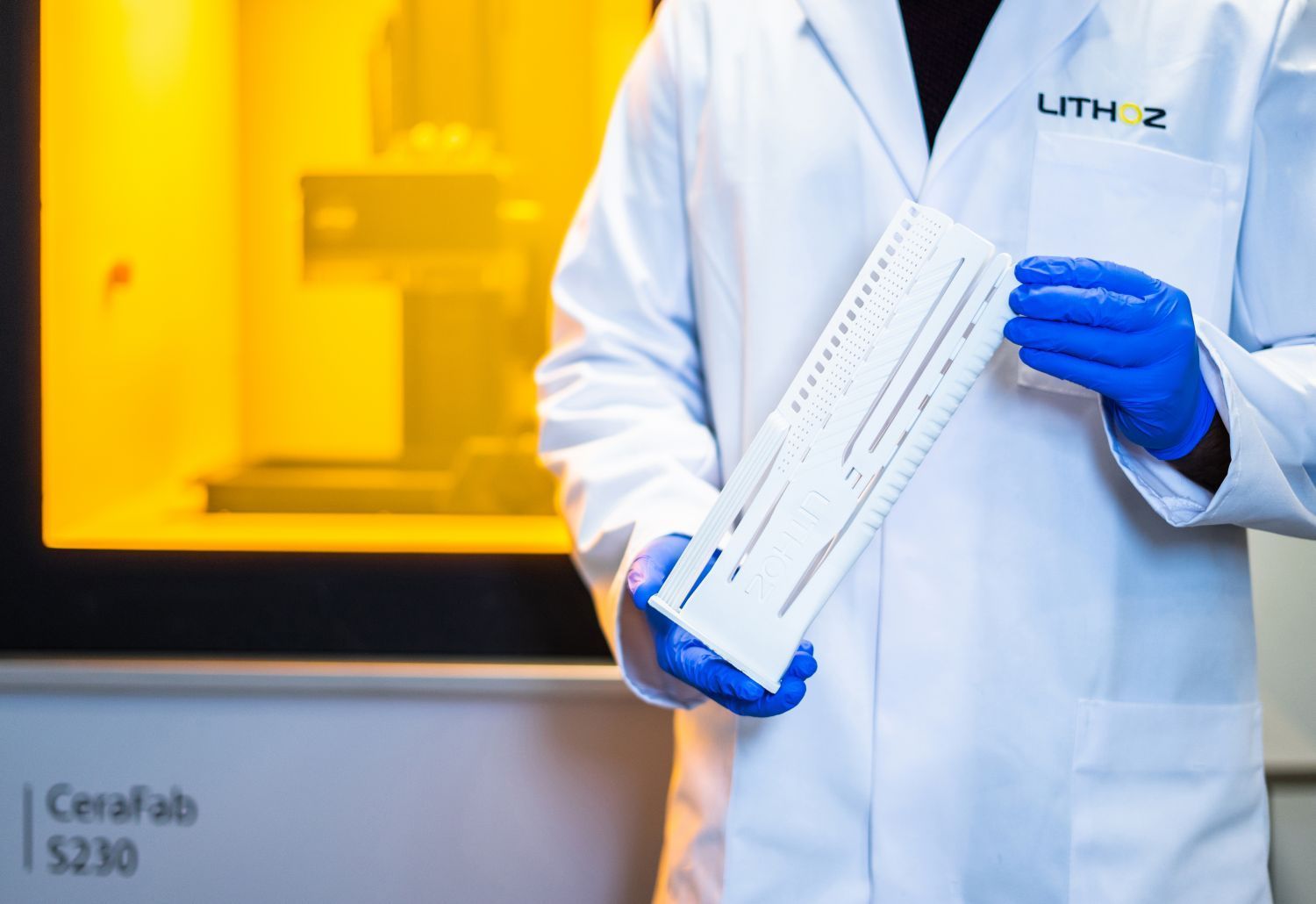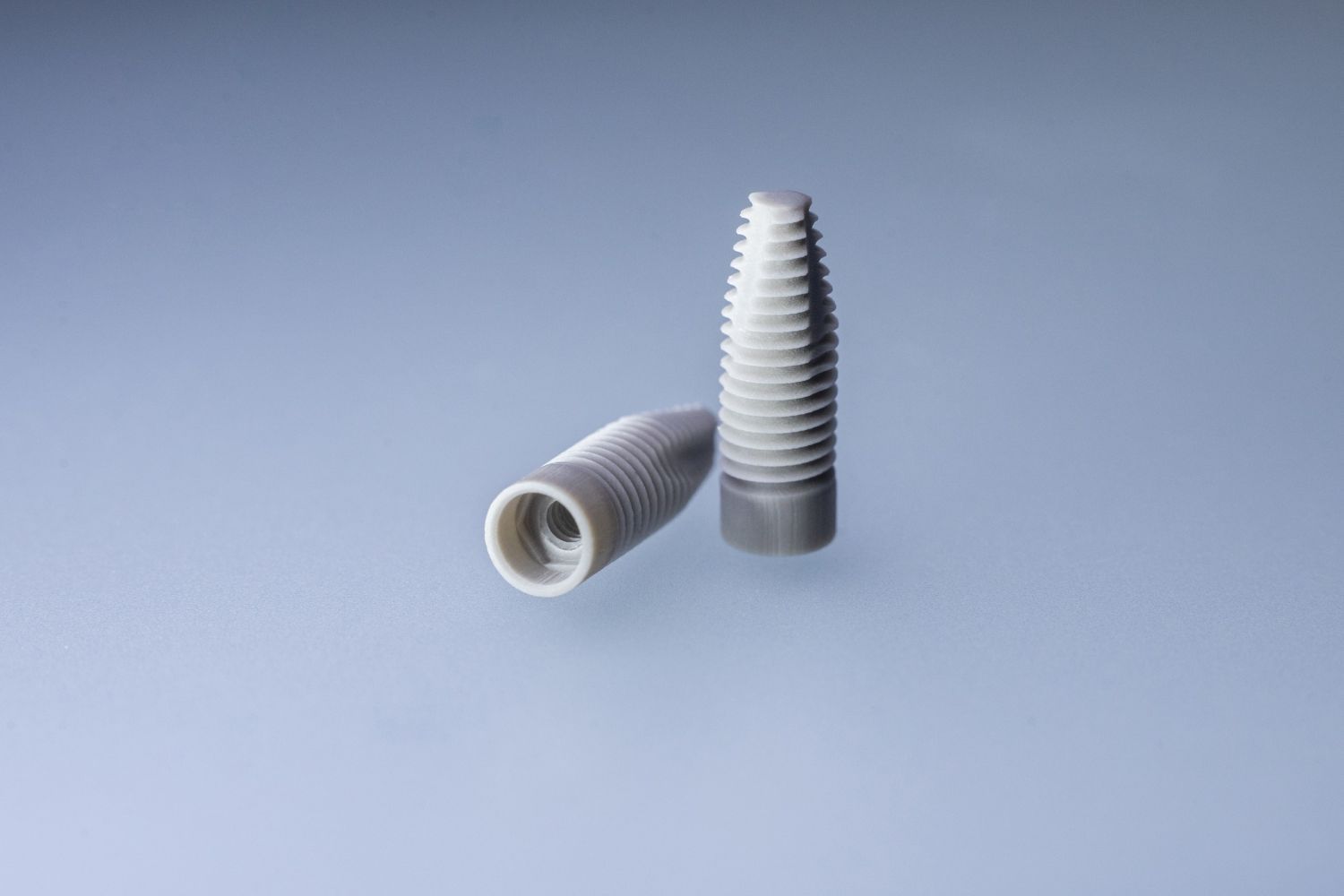22.04.2024
Silicon Nitride: The High-Performance Ceramic for Extreme Conditions – From the Human Body to Outer Space
Written by 3DNatives. Higher, further, faster – these are not only the demands placed on modern society, but also science, industries, applications and technology. Whether in the automotive, aerospace or medical sectors, the general aim is to push boundaries, expand existing possibilities and increase efficiency. But to serve these fields, high-performance materials are needed that …
Discover more


